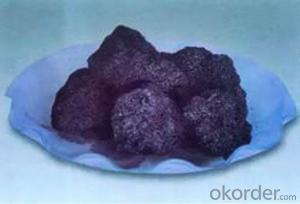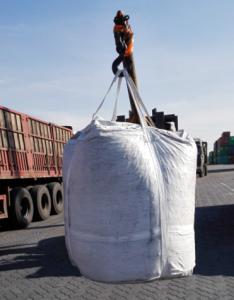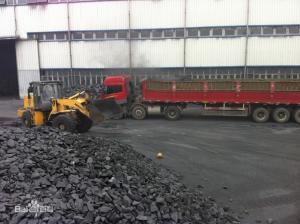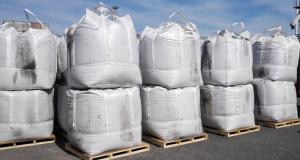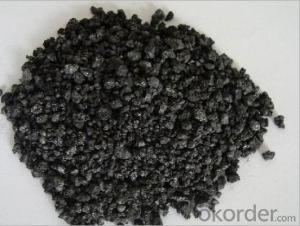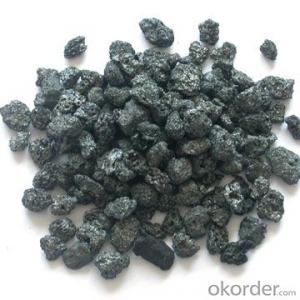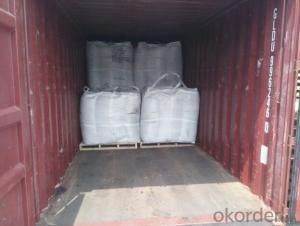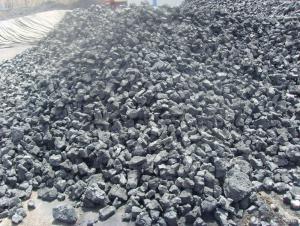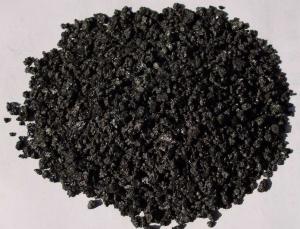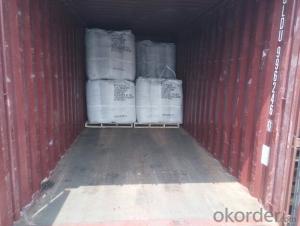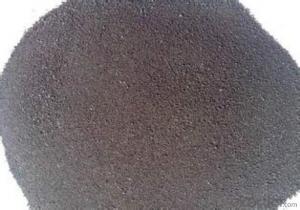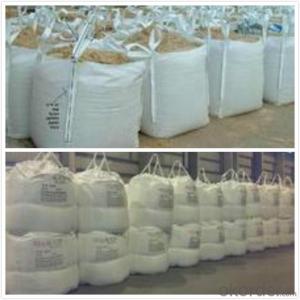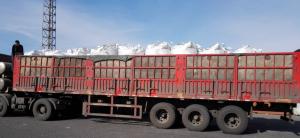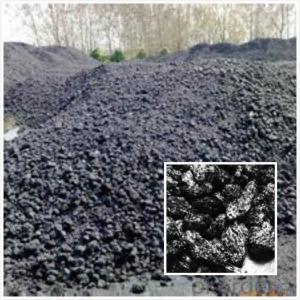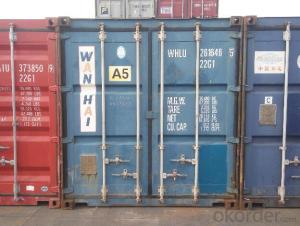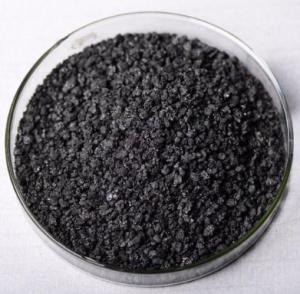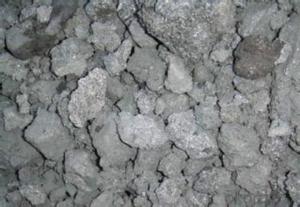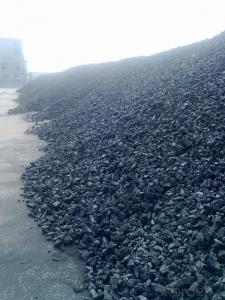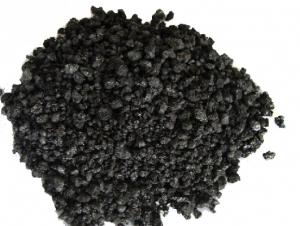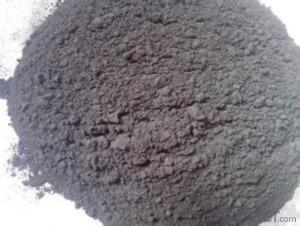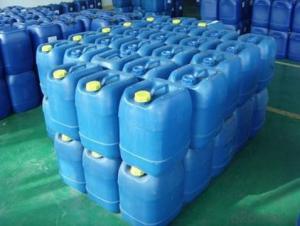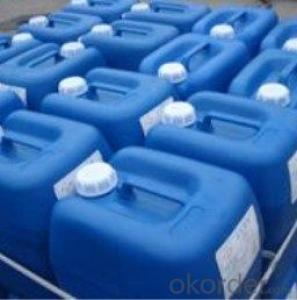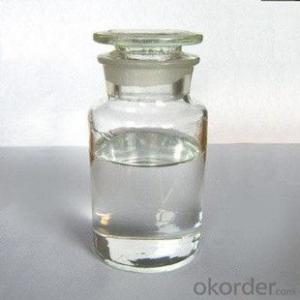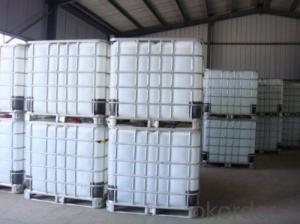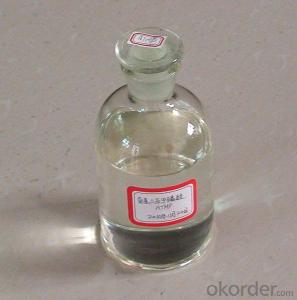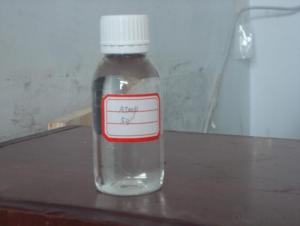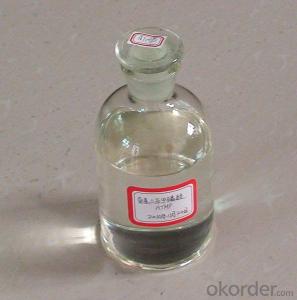Fuel Grade Petroleum Coke
Fuel Grade Petroleum Coke Related Searches
Coke Fuel Price Coal Price Index Coking Coal Price Per Tonne Current Coking Coal Price Ceramic Fuel Filter Calorific Value Of Petcoke Coal Prices 2015 Flour Combustible Price Of Coal Per Ton Costco Chocolate Fountain Steam Coal Price Coal Price Per Metric Ton Cold Rolled Steel Grades Fatty Alcohol Polyoxyethylene Ether Lube Oil Iron Ore Coal Indonesian Coal Price Index Hard Coal Prices Coal Iron Ore Oil Based Lubricants Coal Price Prediction Rice Coal Prices Coal Historical Prices Historical Coal Prices Chocolate Fountain Checkers Indian Coal Price Per Ton Steam Coal Prices Today Thermal Coal Spot Price South African Coal Price Index Combustible MediaFuel Grade Petroleum Coke Supplier & Manufacturer from China
Fuel Grade Petroleum Coke is a high-quality product derived from the refining of crude oil. It is a solid, carbon-rich substance that is used as a fuel in various industrial applications. This product is known for its high calorific value and low sulfur content, making it an ideal choice for power generation and other energy-intensive processes. The usage scenarios for Fuel Grade Petroleum Coke are diverse, including its application in the production of aluminum, steel, and cement, as well as in the manufacturing of chemicals and synthetic fuels. Its versatility and efficiency have made it a popular choice among industries seeking a reliable and cost-effective fuel source.Okorder.com is a leading wholesale supplier of Fuel Grade Petroleum Coke, offering a vast inventory to meet the needs of various industries. With a commitment to quality and customer satisfaction, Okorder.com ensures that the Fuel Grade Petroleum Coke they provide meets the highest standards of purity and performance. Their extensive inventory allows them to cater to the demands of both large-scale industrial operations and smaller businesses alike, making them a reliable partner for sourcing this essential product.
Hot Products
